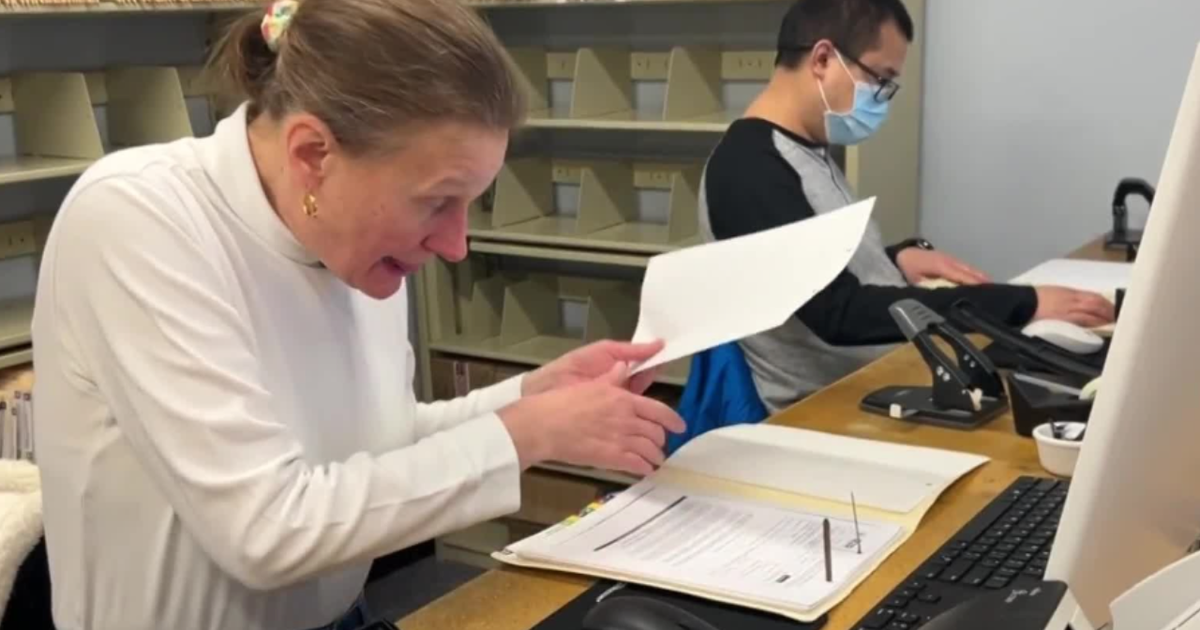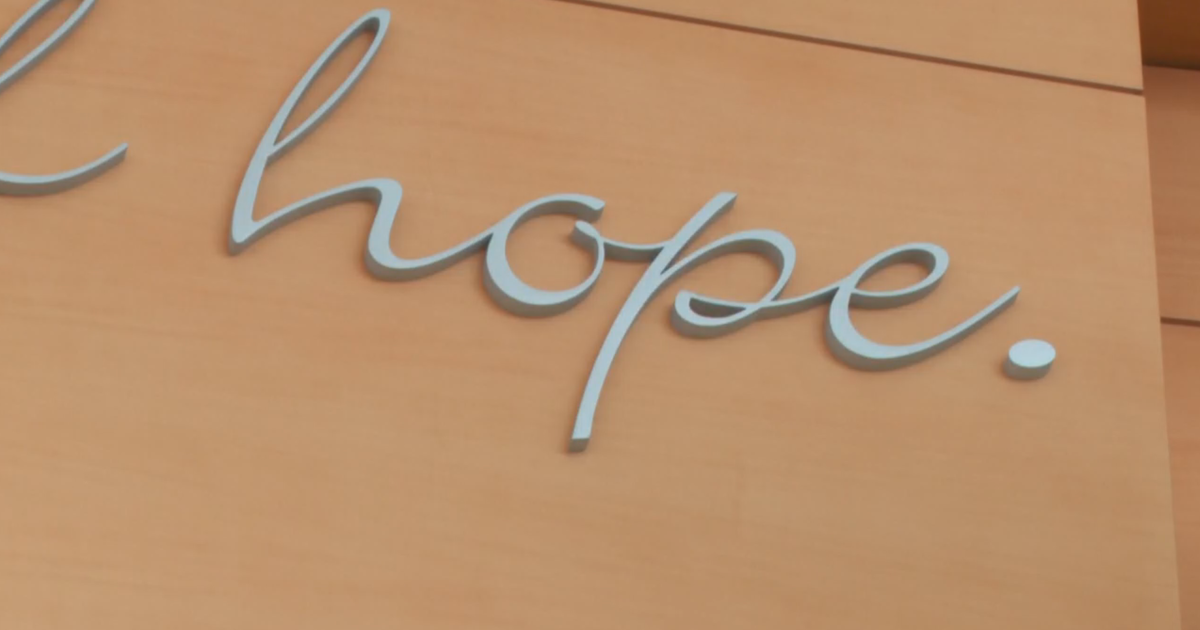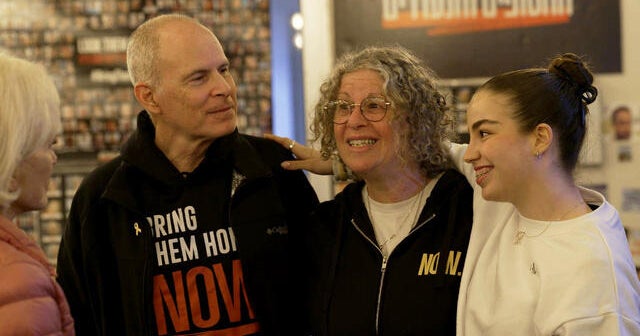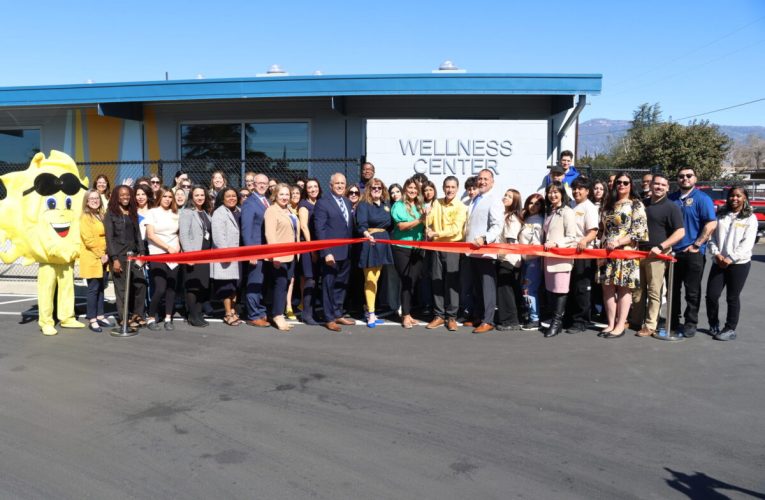Sierra High School Holds Ribbon Cutting for New Student Wellness Center
San Bernardino City Unified School District’s (SBCUSD) Sierra High School held the ribbon cutting ceremony for its new student Wellness Center Feb. 21. “This new center represents a promise to our students that their well-being matters just as much as their academic success,” said Superintendent Mauricio Arellano, during the ceremony. “We know that when students are healthy, when they feel supported and cared for, they’re better able to focus, learn and thrive. And that’s exactly what we want for each of our more than 45,000 students.” The building serves as a school-based health center providing a full range of services that will allow for both individual and small group therapy sessions. There are calming spaces and tools for students to use and self-regulate. A larger wellness classroom is available as a meeting space for peer-to-peer counseling, academic counseling and health and wellness workshops. “In an era where the pressures of daily life can feel overwhelming, this center will provide a safe space for rejuvenation, support, and growth,” said Sierra High School Principal Hector Murrieta. “It embodies our vision of nurturing a healthy, balanced student and community where























